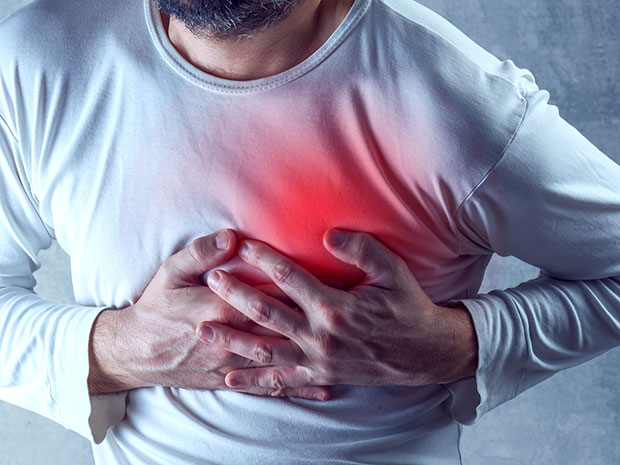What you need to know about Treatment for Myocardial Rupture Procedure
Contents
- 1 What you need to know about Treatment for Myocardial Rupture Procedure
- 2 What Does the Procedure Involve?
- 3 How Long Should You Stay at the Destination?
- 4 How Long is the Recovery Time?
- 5 What Aftercare Should You Consider?
- 6 What is the Success Rate for Treatment for Myocardial Rupture?
- 7 Are there Alternatives to Treatments for Myocardial Rupture?
- 8 What Should You Expect Before and After the Procedure?
Myocardial rupture is a chronic condition or consequence of myocardial infarction (heart attack). It needs early surgical intervention and medical therapy for treatment. It also requires immediate consultation with a cardiothoracic surgeon.
What Does the Procedure Involve?
The first step of treatment is pharmacologic therapy, which is needed to stabilize patients while the surgical team is assembling. The patient is given intravenous (IV) nitroprusside or in some severe cases, an intra-aortic balloon pump is inserted into the patient’s aorta. Then, surgical repair is performed by closing the rupture zone with patches or biologic glues, or by performing coronary artery bypass surgery.

How Long Should You Stay at the Destination?
You are required to stay in the hospital for at least a week because your doctor and medical team will need to monitor your recovery. Aim to stay in the local area for at least 2 weeks after treatment for initial recovery and follow-up checkups. During the follow-up hospital checkups, your healing progress is monitored and any stitches are removed.
How Long is the Recovery Time?
The total recovery time can take up to 12 weeks, sometimes even longer. You should be able to return to work and some of your normal routines in about 8 weeks. Your doctor will give you a detailed recovery timeline, which includes the time needed until you can perform intense exercise, heavy lifting, or other physically demanding activities.
What Aftercare Should You Consider?
You will need cardiac rehabilitation to help you recover and to resume your daily routine. The rehabilitation will provide a program of exercise and education. You need to continue the exercises even after you have recovered. You may also need to make some lifestyle changes too, such as eating a healthy and balanced diet, regular exercise, stop smoking, limit your alcohol intake, and maintain a healthy weight to prevent complications.
What is the Success Rate for Treatment for Myocardial Rupture?
Many people have survived myocardial rupture, especially those who receive treatment immediately. However, there are side effects and risks that come with the treatment, such as irregular heartbeat, infection, brain-related problems, tiredness, muscle pain, loss of appetite, reduced kidney function, constipation, back pain, and mood swings.
Are there Alternatives to Treatments for Myocardial Rupture?
Myocardial rupture needs immediate treatment and should not be left untreated. There is currently no alternative treatment for myocardial rupture.
What Should You Expect Before and After the Procedure?
Myocardial rupture is a life-threatening condition that can lead to death. It causes very painful symptoms, such as chest pain and shortness of breath. After treatment, you have a higher chance of surviving and you can return to normal living.
For an in-depth analysis of a Treatment for Myocardial Rupture Procedure, watch this short video.
To check prices or to book a Treatment for Myocardial Rupture Procedure in Thailand or anywhere else in the world, head on over to MyMediTravel now!

